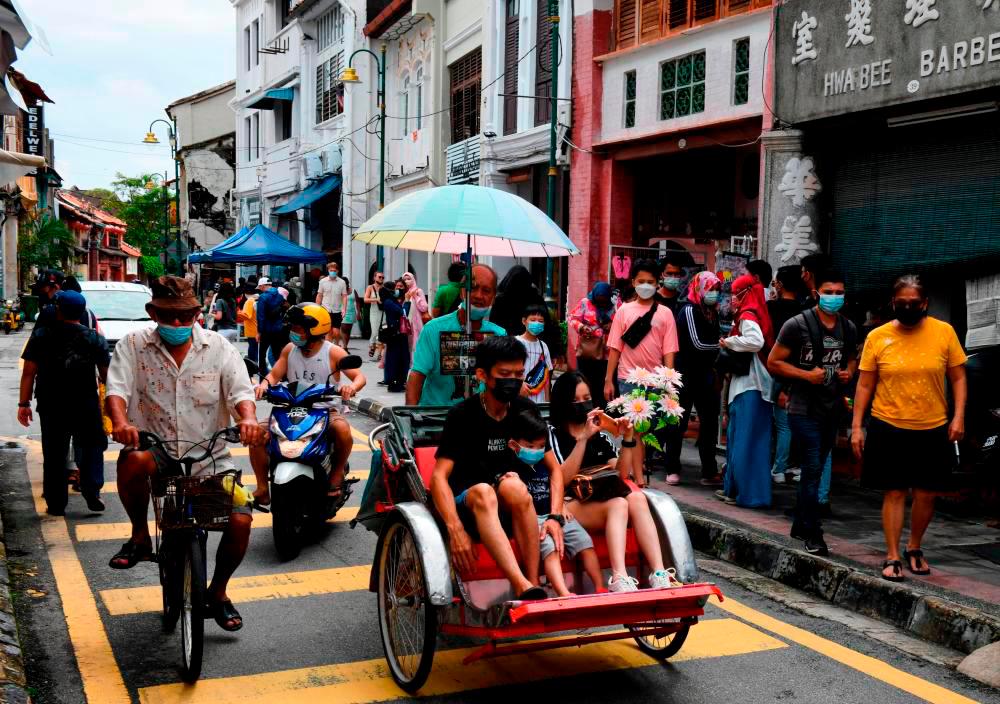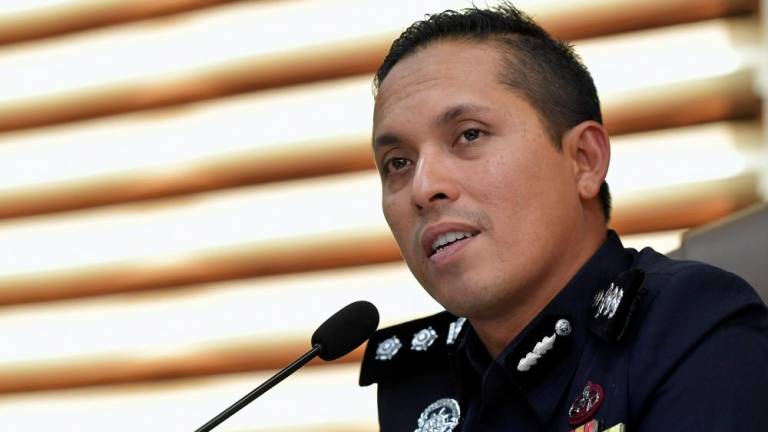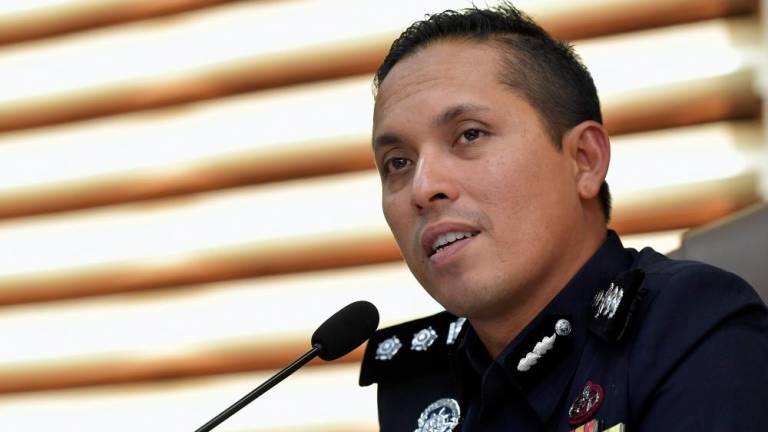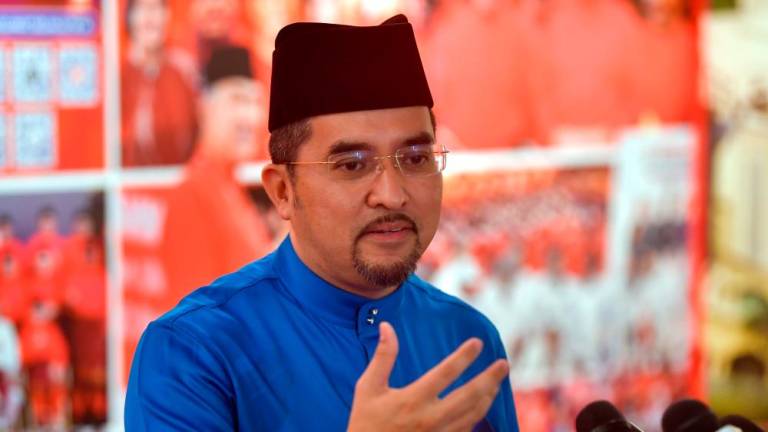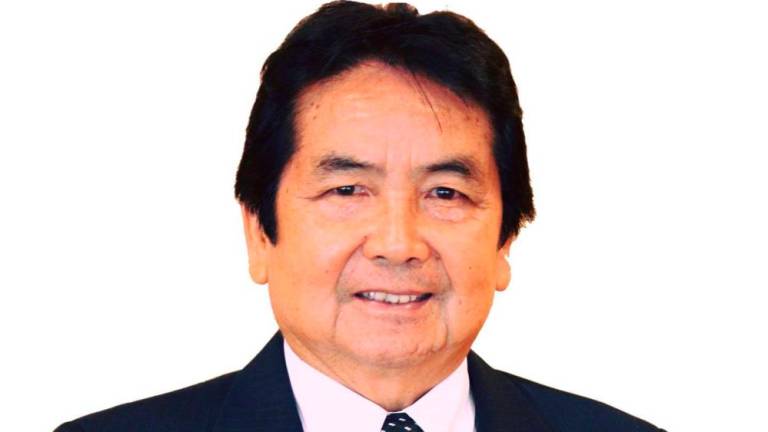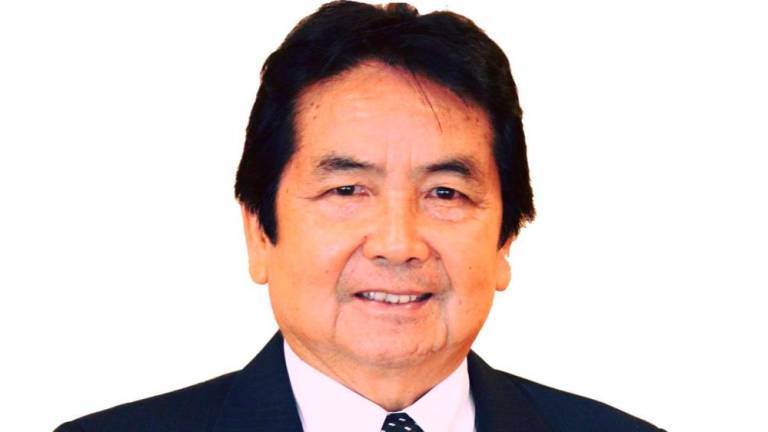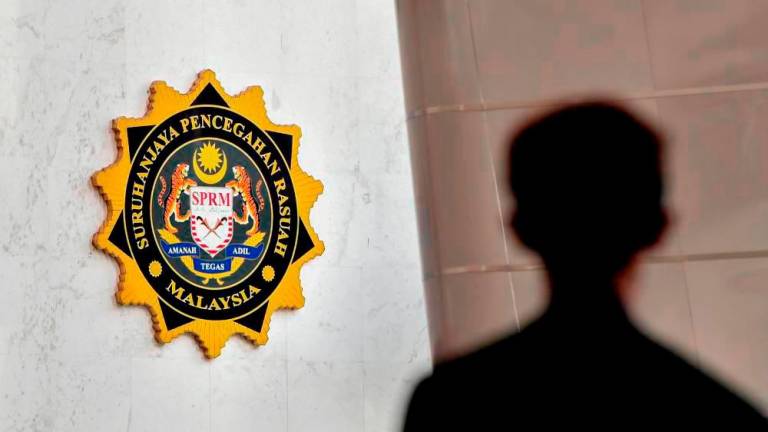THE Malacca state government has been busy working to ensure the success of Visit Malacca Year 2024. It held a campaign in Manila and Davao, the Philippines from May 21 to 26 and partnered with 80 Philippine travel agencies in offering tour packages to Malacca next year for about 120,000 tourists.
This was disclosed by State Tourism, Heritage, Arts and Culture Committee chairman Datuk Abdul Razak Abdul Rahman after the recent opening ceremony of the Gegau Seni Budaya@Malacca Programme at the Malacca National Department for Culture and Arts Complex.
He also said the campaign to promote Visit Malacca Year 2024 in Southeast Asia would be extended to Brunei and Indonesia, in addition to European and Middle Eastern countries, to reach the target of 8.4 million tourists to Malacca next year.
He added that industry players in the state would offer various tour packages to foreign travel agencies involved in outbound tours from the Philippines.
He then shifted his attention from foreign visitors to domestic ones.
He said the Gegau Seni Budaya@Malacca programme is aimed at conserving traditional heritage treasures.
Various talent acquisition programmes and competitions have been lined up for the two-day programme, including Juara Pantun, Gasing challenge, “Colours of Malaysia” Performance: Cak Kun Cak The Musical, Miss Grand Kebaya Cilik and a cosplay event.
So far, the efforts made are well and good and should be carried out.
But still, a deeper understanding of the travel industry and what appeals to visitors are necessary so that newer and more effective strategies can be introduced instead of continuing with more of the same.
In March, State Tourism, Heritage and Culture Committee chairman Datuk Muhammad Jailani Khamis said the target is 18.7 million domestic and foreign tourists and RM23.48 billion in revenue for 2024.
But few people understand the word “tourist” when used as a technical term.
Only visitors that stayed overnight in Malacca are counted as tourists.
Visitors that came to Malacca but did not stay overnight are excursionists.
Both are equally important, with the former contributing to the occupancy of hotels and the latter patronising food and beverage outlets.
However, all visitors spend the most on shopping and the products that they can buy in Malacca should be heavily promoted.
Remember, interesting sites and cultural shows that are on open display generate little or no income, other than for transient sightseeing or momentary gawking.
Also, we should realise that there is one cultural aspect that attracts foreign tourists the most and it is their own culture.
They would love to see how their own people are faring overseas, the acceptance of their foods and cuisines, and the impact of their cultures on the local population.
Malacca is well-positioned to designate certain streets and refer to them as Philippines Street, Singapore Street, Indonesia Street, Thailand Street, Vietnam Street, Arab Street and so on.
In Kuala Lumpur, there is a Korea Town at One Ampang Avenue and another at Mont Kiara.
Some years ago, when my Australian brother visited Kuala Lumpur together with his wife and her elderly Korean parents, I drove them to One Ampang Avenue.
To my surprise, his mother-in-law bought a lot of clothes made in Korea from a shop operated by a Korean woman.
It was the highlight of their stay in Malaysia as the women bonded and conversed comfortably, and the Korean clothes were sold at bargain prices, much cheaper than in Korea.
The elderly woman felt at home in Kuala Lumpur even though she was thousands of kilometres away from Seoul.
Likewise, Malaysians too would love to visit a mini-Malaysia in a foreign city.
As much as we are curious about foreign cultures, we are also looking forward to feeling and embracing our own cultures in a foreign country amid alien surroundings.
If we wish to get others interested in us, it is always more effective if we let them talk and show us instead of us continuing to talk and show when others wish to do the same as well.
The same applies to many tourism promotions that are nothing more than bombarding information.
On streets themed after a country, there could be restaurants offering food and shops selling produce from that nation.
Allowing foreigners to perform free shows in many underutilised halls in Malacca would lure many foreigners to come, either as performers or spectators.
Facilitating foreigners to feel proud of themselves while in our country is one of the greatest experiences they can have.
We could have “visitors walls” for their names to be displayed so that they can tell relatives and friends to visit Malacca and add their names to the same wall.
Let their experiences be captured in photos and video clips for posting on social media and those that go viral are far more effective than normal advertisements, which are blanked out by the audience due to information overload, dismissing them as just another commercial.
Today, only a small number of travellers buy packages from tour operators as many book flights, accommodations and tickets for trains, buses and entrance fees on their own.
To move around, they could use e-hailing services as and when needed.
This is unlike half a century ago in 1973, when I started my tourism career as a tourist guide cum limousine driver.
Then, all tourist guides, male or female, were also required to drive tour cars licensed as limousine taxis to handle Free Independent Travellers.
Tour groups travelling on Group Inclusive Tours handled by me were mainly from the US and Australia, while my colleagues who could speak Japanese handled tour groups from the “Land of the Rising Sun”.
Thirty years ago in 1993, I was the de facto chairman of the “Inbound Sub-Committee” in the Malaysian Association of Tour and Travel Agents (Matta) and represented the association in briefing North American travel agents invited to visit Malaysia.
They were leading tour operators from the US and Canada and were selected by Tourism Malaysia, which maintained an office in Los Angeles since 1974.
Malaysia Airlines provided complimentary return tickets, members of the Malaysian Association of Hotels offered complimentary hotel rooms and members of Matta gave free transfers and tours.
In those days and earlier, big outbound tour operators in developed countries held sway in the tourism business.
They decided which destinations to sell and customers could only choose from their annual catalogues.
Although it was very thick, the pages had to be limited.
If Malaysia is included, then their customers would be visiting our country and we would get more of them if more tours that include Malaysia were to be added or their frequencies increased, in much the same way as airlines choose to fly to Malaysia and the number of flights commuting there.
In 1990, I flew to Hawaii for a meeting representing my company which was the local ground handler for a big outbound tour operator based in the US but a subsidiary of Japan Airlines.
I got to fly business class with a stopover at Narita, 65km from Tokyo.
The entire trip for delegates from all over the world was complimentary, including staying at a plush hotel at Waikiki Beach in Honolulu on Oahu Island and later flying to the islands of Kauai and Maui for sightseeing and overnight stays.
From 1973 to 1992, I worked for the largest inbound tour operator in Malaysia, and we were ever ready to pick up any big or well-known tour operator that came to visit Malaysia and provide whatever transport and sightseeing needed, with the view of securing future business.
But with the advent of the internet and more so with the use of social media later, they are much less powerful or influential as they used to be.
Today, the vast majority of tourists have access to online information and make their own travel arrangements, bypassing tour operators.
Today, nothing is more powerful than the smartphone and people use social media every day to communicate, be entertained, pick up information and often make bookings and payments.
Tourism Malaysia’s role is to market our country.
It used to spend heavily on printed brochures, billboards and press and television advertisements.
Today, people engage with social media more than all other channels combined, including talking with another person face-to-face.
Hence, content found on social media, particularly short video clips, grabs the attention of the greatest number of people.
For example, apart from millions of people who watch TikTok every day, there is also a sizeable number from the platform that regularly share or appear in videos on the TikTok app.
In the tourism business, popular vloggers of food and travel channels are the most influential people.
Therefore, it is important to utilise the limited marketing resources in the most effective way.
Attracting visitors to a destination is less than half the story.
What is far more important is ensuring that all of them have a great and memorable time and making it known to the world.
According to the Tourism Performance Report for January to June 2019 by the Strategic Planning Division of Tourism Malaysia, 25.5% of the 13,354,575 foreign tourists that came in the first half of the year cited visiting friends and relatives as the main purpose of their visit to Malaysia.
There are many strategies the authorities can adopt to take advantage of this finding.
They include training tourism frontliners to go beyond being warm and friendly but to also form lasting friendships with the customers they serve, offering incentives to foreigners and Malaysians living here to invite their overseas friends and relatives to visit Malaysia and increasing the number of foreign expatriates and students together with family members to stay in Malaysia, and reinstating previous conditions that made Malaysia My Second Home programme a resounding success. Do we want to progress or regress?
The number of foreign tourists and the level of foreign investments could rise and fall in tandem, depending on many factors.
The major part is how friendly we are towards foreigners, and this is reflected by our actions and policies that cannot be substituted by claims and promotions.
YS Chan is a master trainer for Mesra Malaysia and Travel and Tours Enhancement Course and an Asean Tourism Master Trainer. He is also a tourism and transport business consultant. Comments: letters@thesundaily.com



